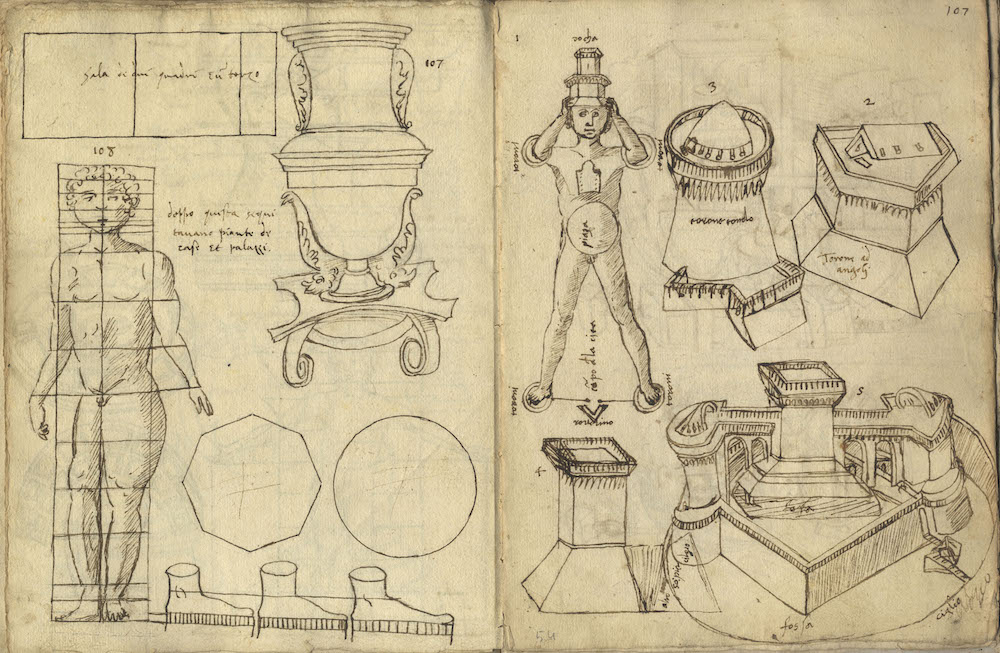For me, the key question posed by resilient urbanism is that of the status of the body: unlike in modern urbanism, it could be argued that one of the primary sites of urbanization in resilient urbanism is the body. It situates one of its innovations in the making-infrastructural of the body. This, of course, raises interesting questions regarding the emergent notions of subjectivity and interrogating agency and control in a space where law promises to become evermore algorithmic.
This issue of Maja focusses on infrastructure, first and foremost on the architecture of street space. Good architecture creates unity, is capable of solving problems and enables what at first appear to be conflicting interests to be realised. Connections that go unmade in a[n urban] space are like missed opportunities.
ARCHITECTURE AWARDS






